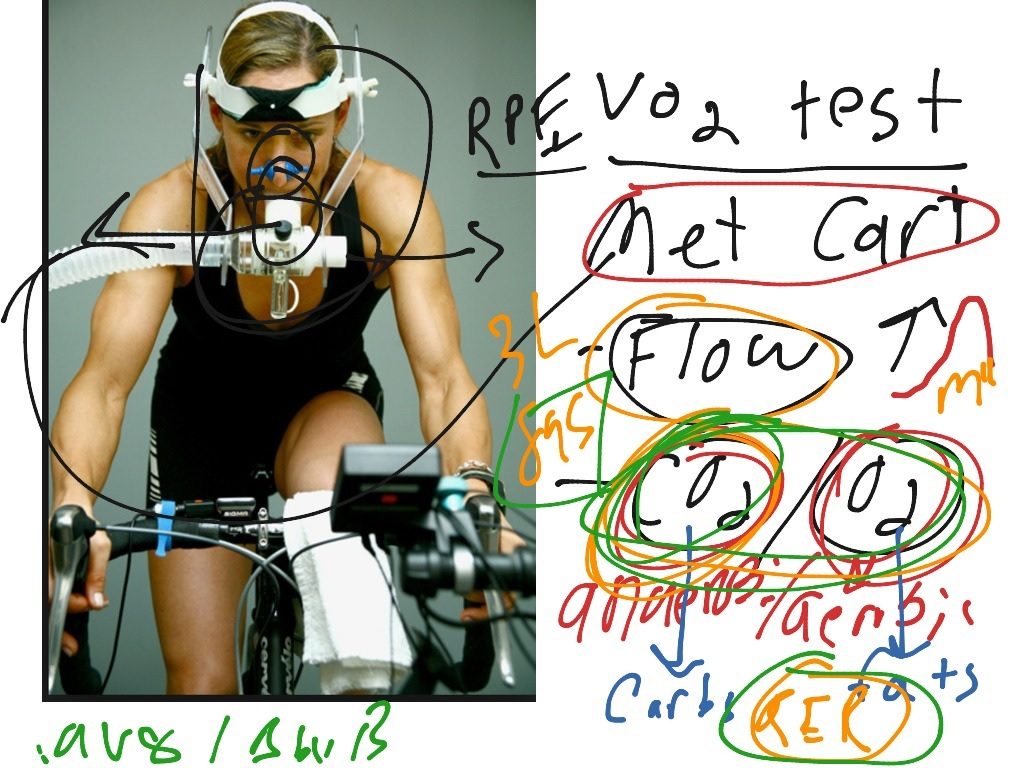
Metabolic systems are essential tools in sport and medical sciences to help us understand the body’s
processes. They are used in exercise testing, resting metabolic rate, clinical testing and even used
to correlate metabolic activity in the brain. There are however many sources of error with these technologies
that an unwitting scientist may not be aware of. These contribute accumulatively (root square) to the
total error of the system. These sources of error are as follows:
Here we can see from “Tests Methods Manual”, Determination of Maximal Oxygen consumption. Chapter 6 table 2.
Dr. Chris Gore et. al. (Australian Sports Commission). This is a summary and adoption of this table to normalise for
a 1% error. Note a 1% error on oxygen concentration produces and error of 6.46% in VO2 calculation. This is the
mathematical error before we get into the whimsical issues with real sensors.
As we can see above from the work by Chris Gore et. al., the two most important factors by a long way in VO2
calculations is the Oxygen and Ventilation sensors. And to be clear the Oxygen sensor is about 6 times more
relevant than the ventilation sensor making it the most critical sensor by a very long way. However due to
manufacturing processes, ventilation sensors have many times more error associated with them, making them
a more limiting factor with metabolic systems employing excellent O2 sensors.
There are a few different types of oxygen sensors employed in metabolic systems. The better systems generally
use one of the following: Zirconia Oxide, Paramagnetic or Galvanic Cell.
The very first question when reporting a scientific value, any value, is what is the measurement error?
Despite many thousands of publications stating VO2, not many of these actually have calculated the system
error. Many papers report on the variation in values but this is not the measurement error of the technology.
Nor is comparing it to another metabolic system in one’s laboratory. This does not validate a system to any
traceable scientific standard.
To calculate metabolic error you need a device that produces a controllable amount of oxygen and carbon dioxide
concentration, controlled ventilation and a humidity generator to challenge the drying mechanisms of the metabolic
system in question. One such device is called a metabolic calibrator. The largest limitation with current calibrators
is that they do not produce humidified air and the ventilation output is sinusoidal rather than human btreath cycles.
In the absence of any good metabolic calibrator, a fallback position that good researchers use is to compare their
metabolic system to a Douglas bag system. It is assumed that the Douglas bag method is a gold standard. However,
as with everything, these systems also have errors. Have these been quantified to traceable standards?
Douglas Bag evaluation of a metabolic system
Oxygen and Carbon Dioxide sensors are just devices that sense O2 and CO2. Some are better than others from
the point of view of accuracy, sensitivity and linearity. However, all these devices need to be calibrated
using a certified gas. This calibration process sets the sensors into a known state. The better the standard
of calibration gas, the better the system can hope to reach its manufactured specification. Some analysers
are good enough to measure 0.02% change in O2 concentration. However, some laboratories have
mismanaged this process and are not using 0.02% (alpha) certified gas. This means they have now dropped
the actual traceability of their science to a much lower standard. Put another way it means that they cannot report
Vo2 to the same certainty. Here are some examples of this:
Lets take an expired O2 gas value of 17.5% which is about midway between resting (18.5%) and heavy exercise (15%).
An alpha standard gas of absolute error of 0.02% will give us a VO2 error of 1.07%. Now lets see what happens to VO2
error when we use a lesser gas certification…
5% relative error = 17.5 x 0.05 = 0.875 % absolute error. This translates to 30+% VO2 error
2% relative error = 17.5 x 0.02 = 0.35% absolute error. This translates to 13+% VO2 error
1% relative error = 17.5 x 0.01 = 0.175% absolute error. This translates to 6.5+% VO2 error
One might not observe any issues considering calibration gas bottles last 1-2 years and the same bottles will give
the same errors. But if the subjects get tested elsewhere or the gas bottles are changed we see the athletes perforemance
change.
More to come…